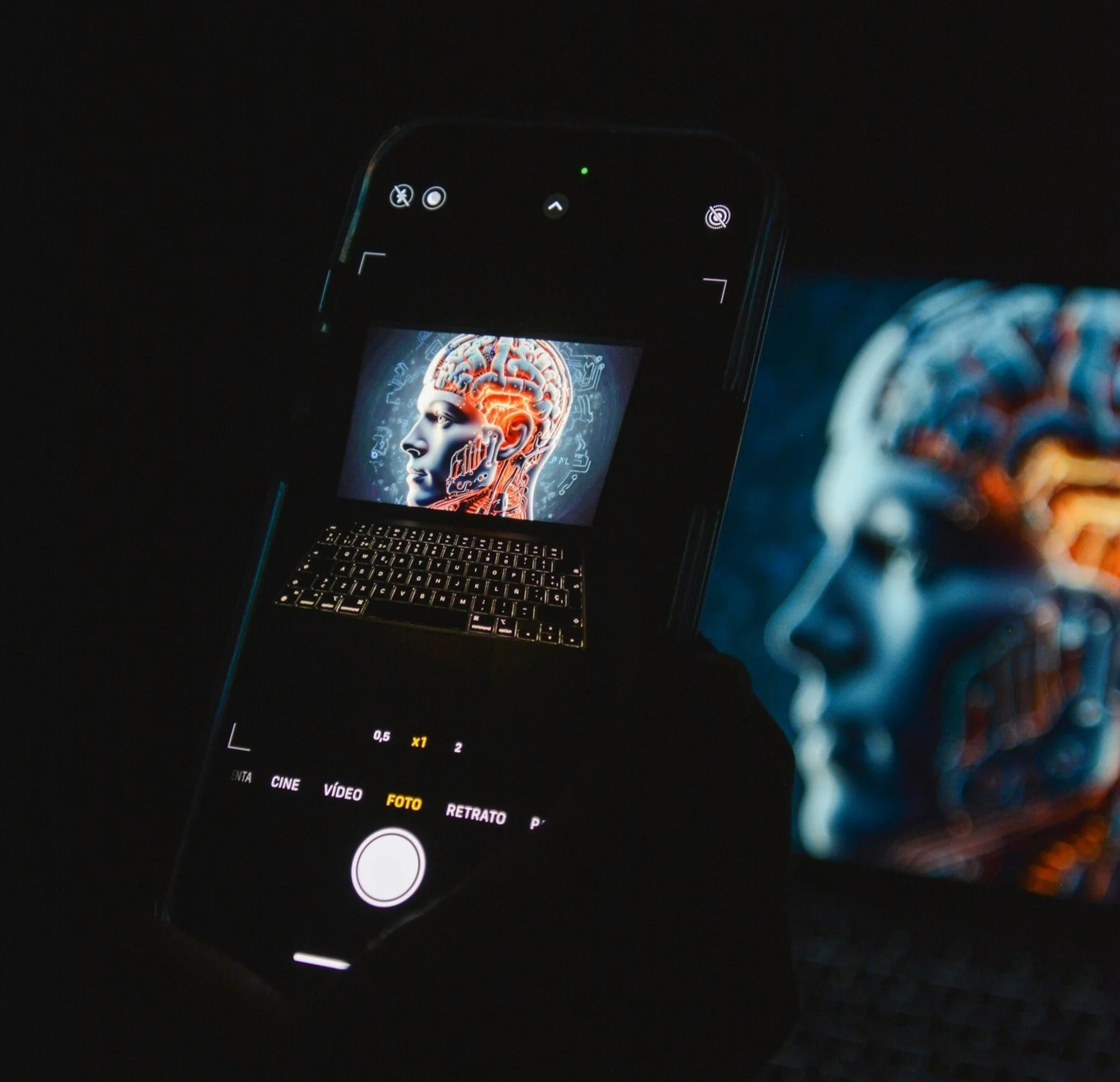Is AI Democratizing the World or Widening the Digital Divide?
Image Credit: Kyle Glenn | Splash
Artificial intelligence has emerged as one of the most transformative technologies of the 21st century, with the potential to democratize access to knowledge, resources, and opportunities. Yet, as AI advances, questions persist about whether it genuinely levels the playing field or exacerbates existing inequalities.
[Read More: Defining AI: What Is Intelligence and Are Robots Truly Intelligent?]
Lowering Barriers to Technology Access
AI is undoubtedly making technology more accessible. By simplifying complex tasks, AI-powered tools enable individuals and businesses to achieve goals that previously required extensive technical expertise. For instance, AI-driven platforms allow small business owners to design marketing campaigns, automate operations, and analyze customer data without the need for specialized teams.
Moreover, AI-powered translation tools such as Google Translate and ChatGPT bridge language barriers, empowering people in remote regions to access global information. Educational platforms like Khan Academy’s AI tutor offer personalized learning experiences, ensuring quality education reaches students regardless of their geographic location. These advancements underscore AI’s potential to democratize access to resources and knowledge.
[Read More: Top 10 AI Terms of 2024: Key Innovations Shaping Artificial Intelligence]
The Persistent Digital Divide
Despite AI’s promise, the digital divide remains a formidable obstacle. According to the International Telecommunication Union (ITU), as of 2023, approximately 2.6 billion people worldwide—around 33% of the global population—remain offline. Most of these individuals reside in developing countries, where 96% of the world’s offline population is concentrated.
For underserved communities, the benefits of AI remain out of reach, reinforcing disparities between those who are technology-enabled and those excluded from the digital age. Even in regions where internet access is available, gaps in digital literacy and inadequate infrastructure—such as unreliable electricity and outdated devices—hinder the effective use of AI tools. Without addressing these foundational challenges, AI’s potential to democratize access will remain limited.
[Read More: AI Kicks Away Bitcoin? The Power Struggle for Energy Resources]
AI’s Economic Impact: Bridging or Widening the Wealth Gap?
AI’s economic influence presents a paradox. On one hand, it drives efficiency and reduces costs, potentially lowering prices for goods and services. This creates opportunities for low-income individuals to participate in the economy.
Conversely, automation—a key application of AI—often leads to job displacement, particularly in industries reliant on repetitive tasks. This disproportionately affects low-skilled workers, exacerbating income inequality. While AI generates new jobs in tech-driven sectors, these roles typically require advanced skills and education, which are less accessible to economically disadvantaged populations. Without targeted interventions, AI could deepen the wealth gap rather than bridge it.
Strategies for Promoting Fair Access to AI
To ensure AI’s benefits are equitably distributed, governments, non-profits, and tech companies must collaborate on targeted policies and initiatives. Affordable internet access, modern devices, and digital literacy programs are essential components of these efforts. For example, initiatives like Elon Musk’s Starlink aim to bring high-speed internet to rural and remote areas, while organizations such as One Laptop Per Child focus on providing affordable technology to students.
While foundational efforts like internet access and digital literacy are crucial, emerging technologies also have the potential to contribute to equitable AI access. Neuralink, for instance, demonstrates how cutting-edge innovations could address unique challenges—if developed with inclusivity and affordability in mind.
[Read More: The Battle for AI's Future: Open vs. Closed Source]
Neuralink’s Blindsight: A New Frontier for AI
One such groundbreaking technology is Elon Musk’s Neuralink, which achieved a significant milestone with its FDA-approved implantable chip, dubbed Blindsight. Designed to restore vision for individuals with impairments, Blindsight holds potential to transform lives by enabling even those who have lost both eyes and their optic nerve to see. Initially, this restored vision is expected to be "low resolution, like Atari graphics", with future enhancements promising capabilities that could surpass natural human vision—such as infrared, ultraviolet, or radar wavelength perception.
However, these advancements raise important questions about accessibility. High development and deployment costs could limit affordability, particularly in low-income countries. Efforts to subsidize and equitably distribute such technologies will be essential to ensuring they benefit all segments of society.
[Read More: Will Cell Phones Become Obsolete? Elon Musk's Neuralink and the Future of Communication]
A Vision for Inclusive AI
The transformative power of AI lies in its potential to uplift humanity, but this vision can only be realized if inclusivity and fairness remain central to its development. From foundational efforts like bridging the digital divide to pioneering technologies such as Neuralink, every innovation must prioritize accessibility and affordability to prevent further marginalization of underserved populations. Achieving this requires a unified effort from policymakers, researchers, and industry leaders to create ethical frameworks, subsidize cutting-edge advancements, and promote digital literacy worldwide.
The path forward is clear: AI must be a tool that empowers everyone, not just the privileged few. By fostering collaboration and ensuring equitable access, society can unlock AI’s full potential to democratize knowledge, reduce inequalities, and shape a future where technological progress benefits all. But as we move closer to integrating AI into our very biology, one question remains: Are you ready to be implanted with a 0.1nm chip on your skin?
[Read More: Do You Know That You Are Witnessing the 5th Industrial Revolution?]
Source: International Telecommunication Union, Statista, Wikipedia, Reuters, Business Insider, Pharmaphorum












